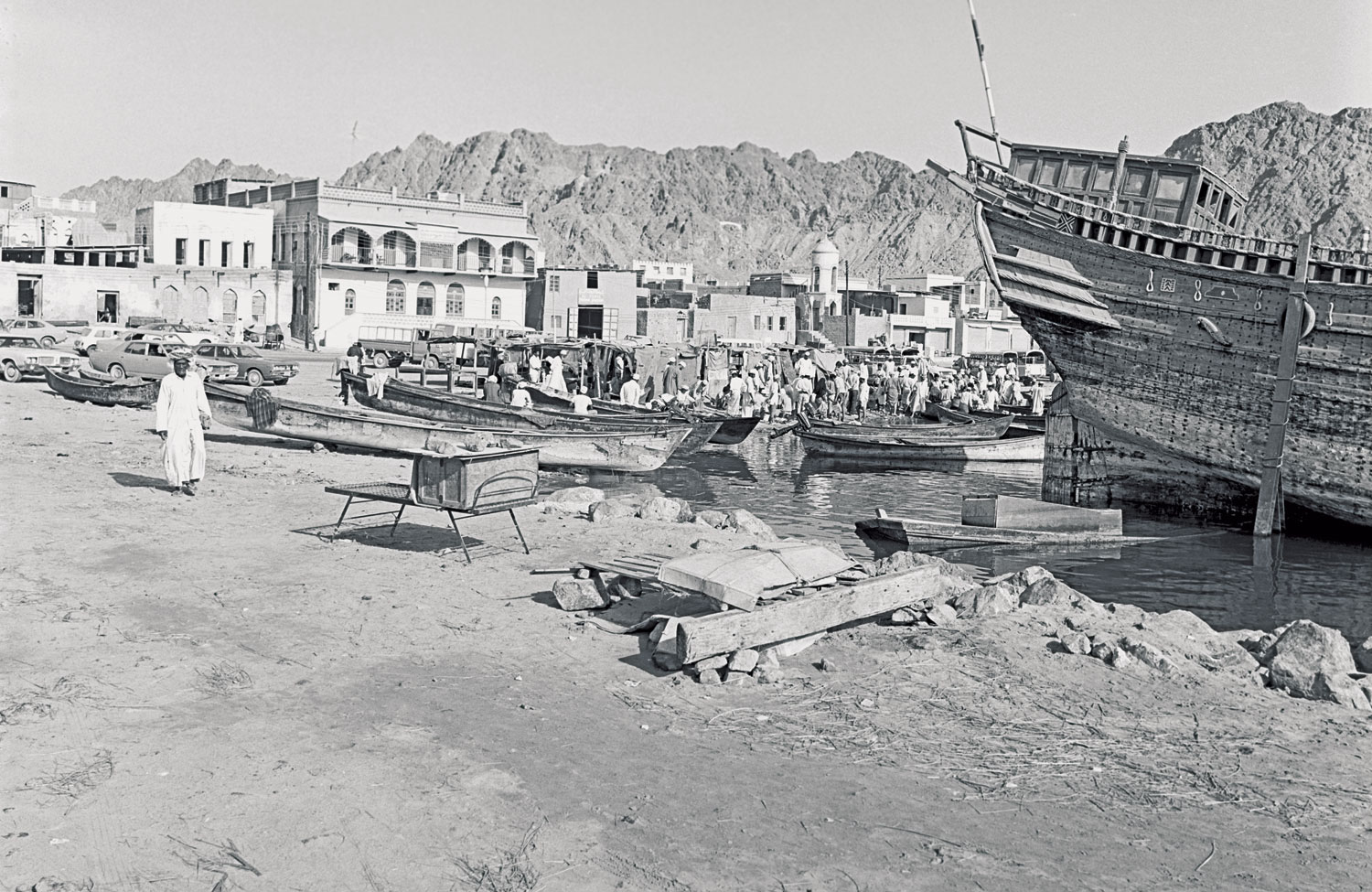

THE WAVE OF CHANGE
Marking the 48th Renaissance Day, 23rd July signifies the day His Majesty Sultan Qaboos Bin Said took reign in 1970. From the moment of accession, under the leadership of His Majesty, the Sultanate of Oman experienced rapid development and modernisation. Among the main features of the modern Omani Renaissance, is the special and deep relation between the leader and his subjects across the Sultanate.
Landing in the Sultanate of Oman in 1985, in the following 33 years S.K Chakraborty, an expat in Oman stood in the midst of a country unfolding, spreading and evolving into a modern world country. From the moment he exited the Seeb International Airport, he witnessed a country that was in the midst of monumental growth, working towards a future of modernity and prosperity.
The Sultan Qaboos Road, the main arterial road even today was still under construction as it made its way through the heart of the city into its future extensions.
Safety tapes, dividers and construction equipment all around, almost completed flyovers and roads, the road from the airport, all the way to Qurum was empty other than the sporadic road and other infrastructural development projects underway.
The hustle and bustle of the modern day Qurum today is very different than it was in 1985. Mangroves to one side, and sand dunes to the other, other than the few upscale villas built on the sea front, the area just had a single building with an Al Fair supermarket and the then brand new Intercontinental Hotel in the distance.
Now home to Qurum Natural Park, the bustling City Centre Qurum and a well-populated stretch of beach, Qurum has perhaps undergone the most dramatic change, becoming an upmarket and desirable suburb of Muscat in the process.
Unlike the glittering giant shopping malls we see today, there were shopping districts and arcades spread across the city like Ruwi High Street, known for its “Made in Japan” electronics to the upscale supermarkets with Muttrah Cold Store, Al Fair in the Madinat Sultan Qaboos area. For those looking for luxury brand perfumes, clothes and accessories a drive down to the Muttrah Shopping area with land you amidst international imported luxury brands.
Beyond the Muttrah shopping area, the popular and beautiful corniche we all know today had recently completed construction.
Both the Central and Main Business Districts in Muscat was just a shadow of the tall buildings and offices we see today. Still visible was the old airport and the runway that wasn’t operational anymore and was being used to train new drivers for their license. A few buildings on site, it wasn’t long before the area became densely populated with offices and homes.
With the rise of petroleum prices and advancement and evolution of the petro-chem industry, The Sultanate turned from a desert land to a country of prosperity, beauty and wealth.
As more and more locals and expats moved into the country, the city made to use the potential of its people to the maximum. Providing them with state of the art infrastructure to ensure that everybody has quality access to basic necessities and that nobody was left behind. On one hand, the Omani citizen, from the very beginning has been the focus of attention and priority as he was considered and still is the most precious wealth of this homeland. On the other hand, there has been a strong belief in the development of human resources as a main pillar for the comprehensive and sustainable development.
TITASH CHAKRABORTY
Oman Observer is now on the WhatsApp channel. Click here



